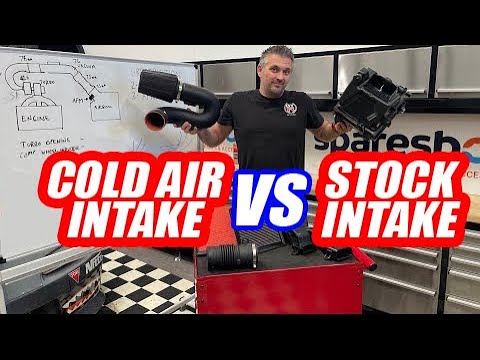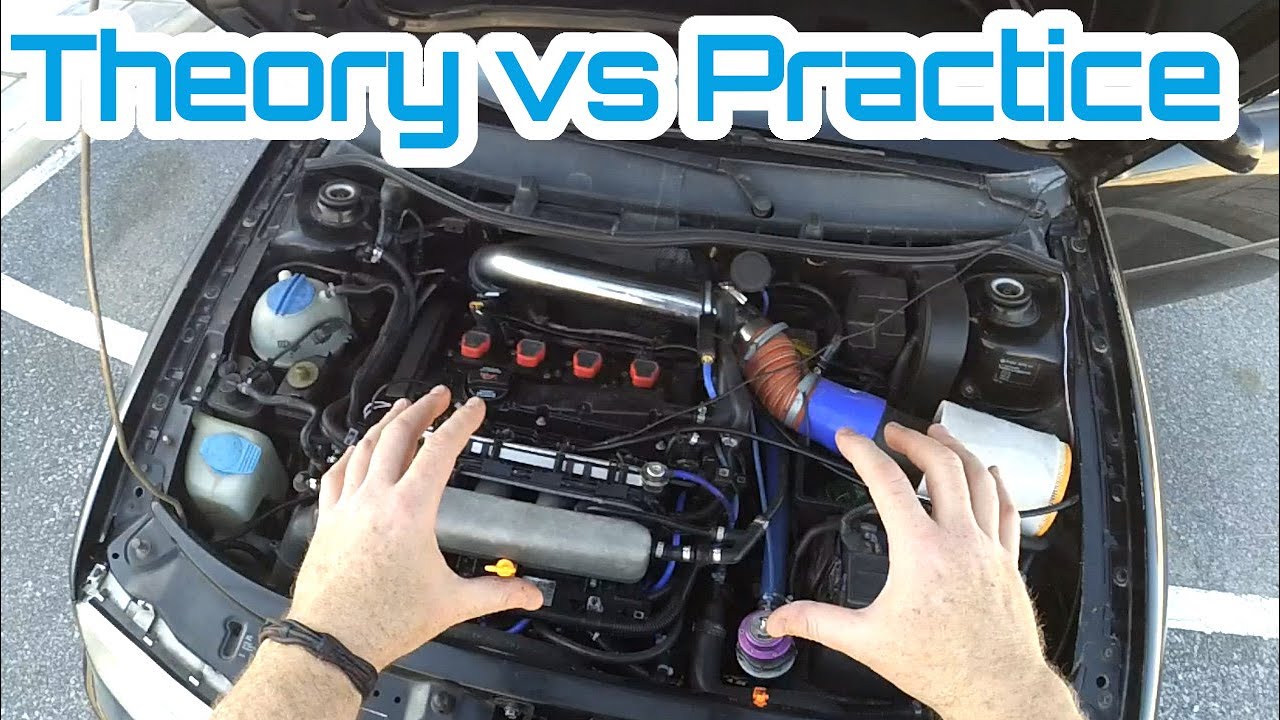
Cold Air Intake – Do You NEED One?
September 30, 2024A cold air intake is one of, if not thee most popular engine modifications. The question is, do you actually need one?
First Things First
If you want more intake noise, then yes, exposing the air filter more is necessary.
If on the other hand you want more power, the answer is not so straightforward.
Cold Air Intake Manufacturers
Many manufacturers of cold air intakes will give dyno figures showing their performance air intake increases engine power, but can the numbers be trusted?
I don’t know of a single manufacturer that says if they are comparing their numbers to a brand new paper air filter, or the air filter that was already in the car.
Assuming they are comparing to a new, stock air filter…
What is the power gain they are claiming?
If the numbers show a gain of less than say 3% I’d say that could be within the accuracy tolerance of the dyno/rolling road. Warmer oil can make a difference to power numbers as can different humidity and ambient air temps. Few if any CAI manufacturers give this data.
Measuring Stock Intake Performance
There are two things that dictate the performance of an engine intake, be it the stock intake system or a cold air intake.
Those two things are intake air pressure and intake air temperature.
Measuring these two variables can tell us if we need a performance induction system.
How To Measure?
On a naturally aspirated engine we want to measure the air pressure (absolute) and the air temperature in the intake plenum.
On a turbo motor we measure the same numbers just before the inlet of the turbo.
In both cases we want the pressure & temperature, to be as close to ambient as possible, at wide open throttle at maximum power and at redline.
If we are seeing numbers very different from ambient then we have a case for fitting a cold air intake.
With a pressure difference of 1 PSI on a naturally aspirated engine (our absolute intake pressure is 1 PSI less than ambient), if we can get the pressure difference down to 0.5 PSI, we are potentially looking at a 3.3% increase in power. If we can get it down to the magical 0 PSI difference, we are looking at a potential 6.6% increase in power.
Checking the details
If we are seeing a 1 PSI difference, due diligence would tell us we also need to measure the pressure and temperature before the throttle body to eliminate that as the cause of the restriction/problem.
Turbo Motor
The principles are the same on a turbo motor (except we only measure at the turbo inlet)
Temps
Temperature differences follow the same lines. If we are seeing high intake temps versus ambient air temperature then the stock intake could be the problem. However things are a bit more involved with temps because it could be the routing of the intake system causing the problem rather than the piping itself. If a cold air intake has the same routing as the stock intake, the temps will only be better if the materials in the stock intake conduct heat less into the intake charge.
Filter Location
The location of the filter on the cold air intake obviously plays a part. To determine if the filter location is a problem/also a problem, measuring temperatures directly after the air filter will tell us.
Nutshell – Cold Air Intakes
In a nutshell, working out if a cold air intake will make a difference on our car takes some work.
On an NA engine we need to measure pressure and temperatures in the intake plenum.
If we see a big difference in pressure we need to measure before the throttle body, to ensure that isn’t the issue.
If temps are different, we need to measure directly after the air filter to ensure filter placement isn’t the problem. While we are at it we can also measure pressure directly after the air filter to see if the filter itself is a restriction.
When we are sure, why/where we are seeing differences, then we can assess if we need a cold air intake and we can also assess the designs of cold air intakes to see if they address these problems.
Address How?
Cold air intakes could address the issues with the stock intake in a number of ways, namely relocation of air filter, bigger pipework (may be limited due to MAF sensor housing), less bends in pipework, pipework made from less heat conducting material and larger air filter.
If we see our intake temps are within a few degrees of ambient (with the car on the open road) and we see our pressures are close/same as ambient, I think it would be hard to justify investing in a cold air intake.
If on the other hand we are seeing differences and we understand where the differences are happening, then a cold air intake maybe the answer, assuming the design of the cold air intake addresses the problems of the stock intake system.
